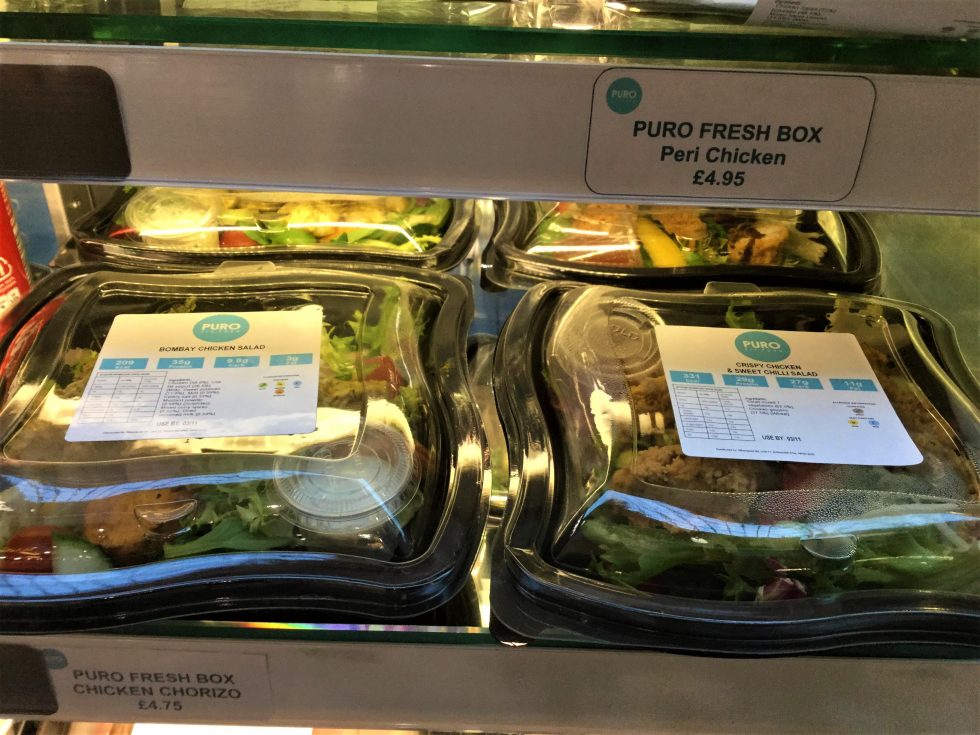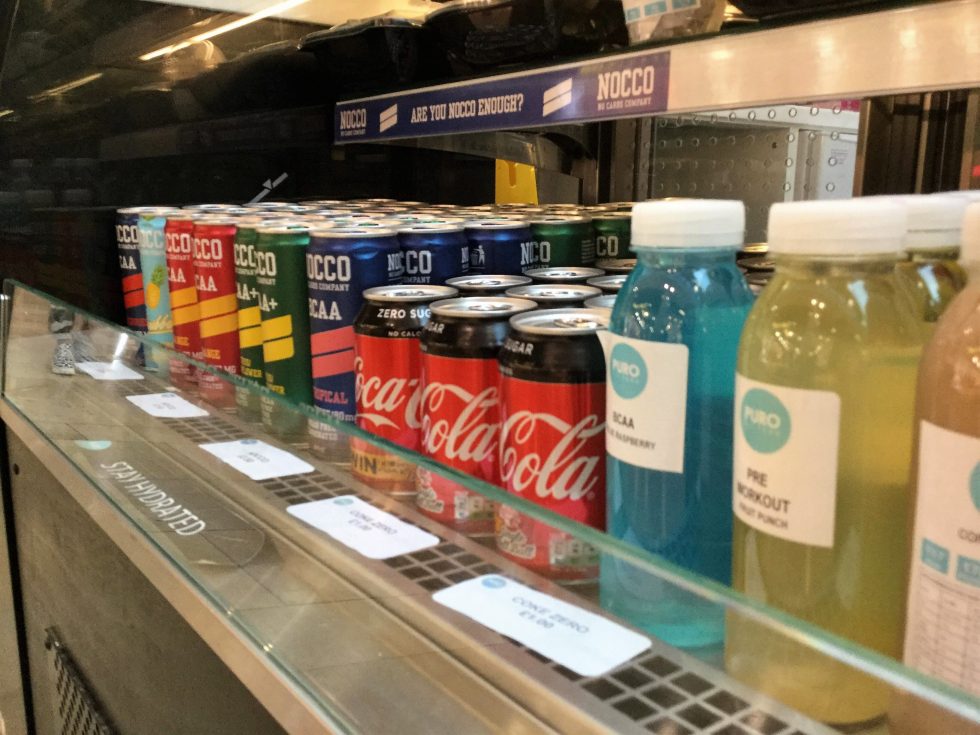Fast food fake news?
While October may have been a nutritionist’s nightmare according to the media, the BBC’s interpretation of the data i used tells a different story.
Firstly, Cardiff has only 71 takeaways per 100,000 people in comparison to the national average of 61.
This national average is dragged down by rural areas which have fewer takeaway restaurants. When compared to other cities, Cardiff does very well.
London is understandably highest in the country. Camden has 89 takeaways per 100,000 people and Westminster leads the pack with 127.
Blackpool, a town less than half Cardiff’s size, is in second place with 97. Furthermore, Cardiff is not even highest in Wales – Swansea and Conwy both outscored it.
In fact Cardiff has fewer takeaways per capita than any other UK capital city. This puts to bed the “takeaway hotspot” claims.
“Takeaway capital” Cardiff has been heavily criticised in the media recently for having an unhealthy number of takeaway food outlets

Cardiff’s notorious ‘Chippy Lane’ is home to several takeaways
Cardiff was accused last month of having an alarming number of takeaway restaurants, but one Cardiff food stall is fighting back.
The BBC’s Shared Data Unit first analysed the data provided by the Office for National Statistics. The Independent’s sister paper, i, then pinpointed Cardiff as a “takeaway hotspot” based on the data.

The boys at Puro Fit Food believe in fresh ingredients and real food
Daniel Ludlow and Shane Harris are adamant, however, that the words ‘takeaway’ and ‘unhealthy’ do not have to be synonymous. They run Puro Fit Food, a takeaway stall in St David’s shopping centre.
A year ago they began a meal preparation service, delivering to health-conscious Cardiff customers. What surprised them was that it was not just athletes who wanted their food.
“We targeted the athlete market,” said Daniel, “but we found the average person wanted a healthier option too.”
Shane says, in the near future, the majority of us will eat more healthily. “A lot of people are making that change where they’re eating better food daily,” he said.
However, the food industry is yet to catch up with changing habits. “This is why we’ve started this,” said Shane, “we wanted to get in early.”
October also saw two American chains, Denny’s and Slim Chickens, announce restaurant openings.
Meanwhile, the Guardian labelled areas of Cardiff as “food deserts”, impoverished areas where it is easier to buy fast food than fresh fruit.

No regular Cokes to be seen at Puro
Two months ago, Puro Fit Food opened its St David’s stall. “This is the first, but we’re planning to branch out across the UK: London, Liverpool, Leeds,” said Shane. “And we’re going to expand the meal prep side of things too, to deliver nationwide.”
As a former boxer, Daniel found it difficult to eat properly: “I always found it hard to prep food.
“That’s why I ended up eating in Nando’s everyday. There was nothing healthy available on the go.”
Now, he and Shane hope to change this.
Fast food fake news?
While October may have been a nutritionist’s nightmare according to the media, the BBC’s interpretation of the data i used tells a different story.
Firstly, Cardiff has only 71 takeaways per 100,000 people in comparison to the national average of 61.
This national average is dragged down by rural areas which have fewer takeaway restaurants. When compared to other cities, Cardiff does very well.
London is understandably highest in the country. Camden has 89 takeaways per 100,000 people and Westminster leads the pack with 127.
Blackpool, a town less than half Cardiff’s size, is in second place with 97. Furthermore, Cardiff is not even highest in Wales – Swansea and Conwy both outscored it.
In fact Cardiff has fewer takeaways per capita than any other UK capital city. This puts to bed the “takeaway hotspot” claims.





